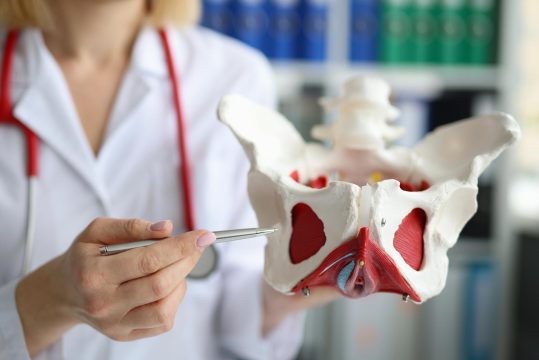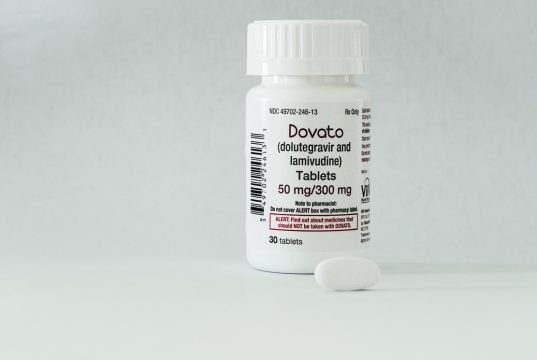Advertisment
BTS 2012 Report – What’s new in heart transplantation?

by Maria Dalby reporting on the presentation by Nick Banner, Royal Brompton and Harefield NHS Foundation Trust, London. Heart transplantation activity in the UK is currently in decline.1 Nick Banner, consultant cardiologist at the Royal Brompton and Harefield NHS Foundation Trust in London, argued that this decline has a number of clearly identifiable causes that relate not only to the limited availability of suitable hearts for transplantation, but also to missed opportunities in the referral and assessment of recipients.
Figures from NHS Blood and Transplant show that the number of heart transplants has dropped in recent years from 298 in 1995-1996 to only 130 in 2008-2009. An encouraging trend is that almost every single heart retrieved is used for transplantation, but there are some worrying aspects too: the drop in adult heart transplants is actually greater than the overall drop, as the proportion of paediatric heart transplants has increased in the last decade. There has also been an increase in the proportion of urgent, high-risk heart transplantations and these now represent more than half of all heart transplantations that are carried out in the UK every year.
The case for transplantation in patients with advanced heart failure is undisputed. The relative risk of death falls to below 1 within 15 days post-transplant for patients undergoing urgent heart transplantation and a net benefit is seen within a few months; in patients undergoing non-urgent transplantation, the benefit takes longer to appear but is of a comparable magnitude.2 A commonly cited reason for the decline in heart transplantation activity is the lack of suitable donors, however, Dr Banner pointed out that the recipients may be just as likely to pose problems. Heart failure is a progressive condition, but the development of ever more effective medications for the treatment of heart failure has allowed cardiologists to keep their heart failure patients alive for such a length of time that by the time he/she runs out of treatment options, the patient will simply be too sick to be eligible for a transplant. Addressing this issue was one of the key objectives when Dr Banner and a group of colleagues issued a set of guidelines for referral and assessment of patients for heart transplantation in 2011.3
Alongside the issues associated with recipient management, donor selection remains a significant challenge. Increasingly, organs come from older donors where cardiovascular disease is likely to be present to a greater or lesser degree, which means the hearts from these donors cannot be used for transplantation. Around one third of hearts from donors after brain death (DBD) are rejected due to ‘poor function’ which Dr Banner suggested may reflect suboptimal use of pulmonary artery flotation catheters (PAFC). In addition, the proportion of donors after circulatory death (DCD) has increased dramatically in recent years; whilst patients may be uncomfortable with the idea of receiving a heart from a DCD donor, recent experimental data suggest that appropriately resuscitated DCD hearts may indeed be associated with improved function compared with DBD hearts.4 Dr Banner concluded by stressing that heart transplantation remains by far the best long-term treatment for advanced heart failure and that the current decline could be turned around with improved use of knowledge and application of common sense.
References:
- Macgowan GA, Parry G, Schueler S, Hasan A. The decline in heart transplantation in the UK. BMJ 2011; 342: d2483
- Banner NR, Rogers CA, Bonser RS; United Kingdom Cardiothoracic Transplant Audit Steering Group. Effect of heart transplantation on survival in ambulatory and decompensated heart failure. Transplantation 2008; 86(11): 1515-1522
- Banner NR, Bonser RS, Clark AL, et al. UK guidelines for referral and assessment of adults for heart transplantation. Heart 2011; 97(18): 1520-1527
- Ali AA, White P, Xiang B, et al. Hearts from DCD donors display acceptable biventricular function after heart transplantation in pigs. Am J Transplant 2011; 11(8): 1621-1632





